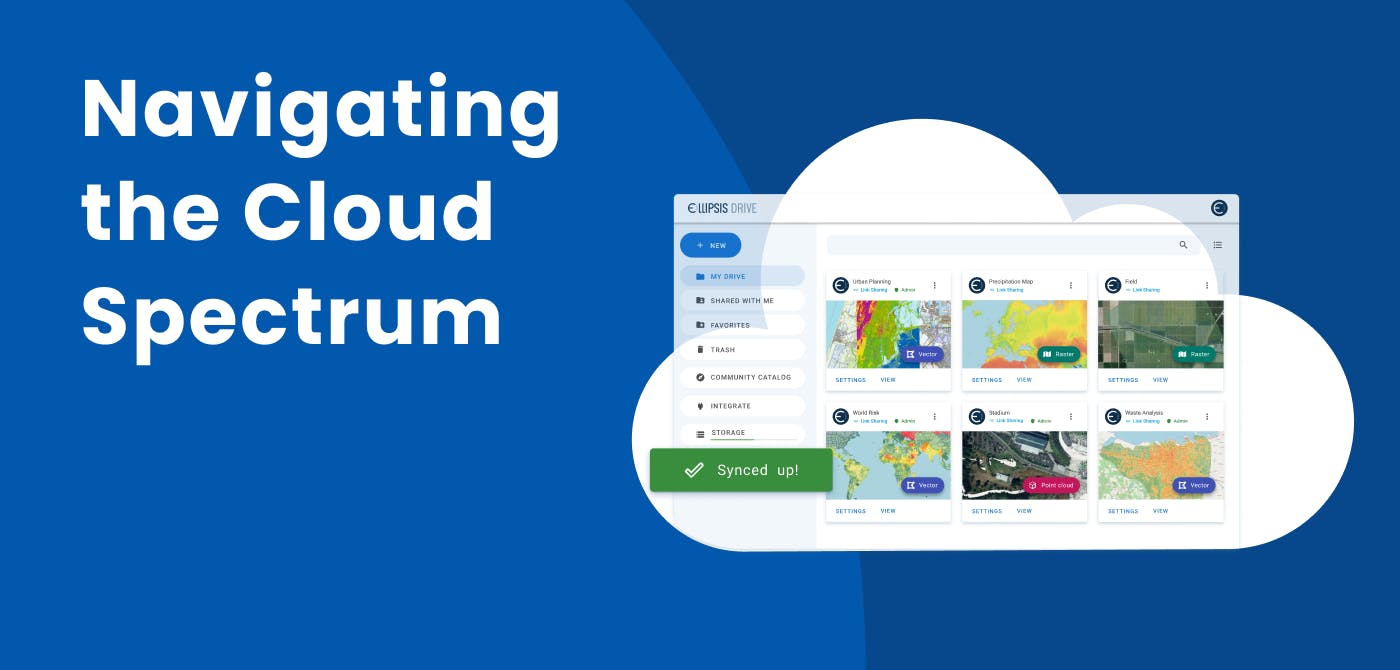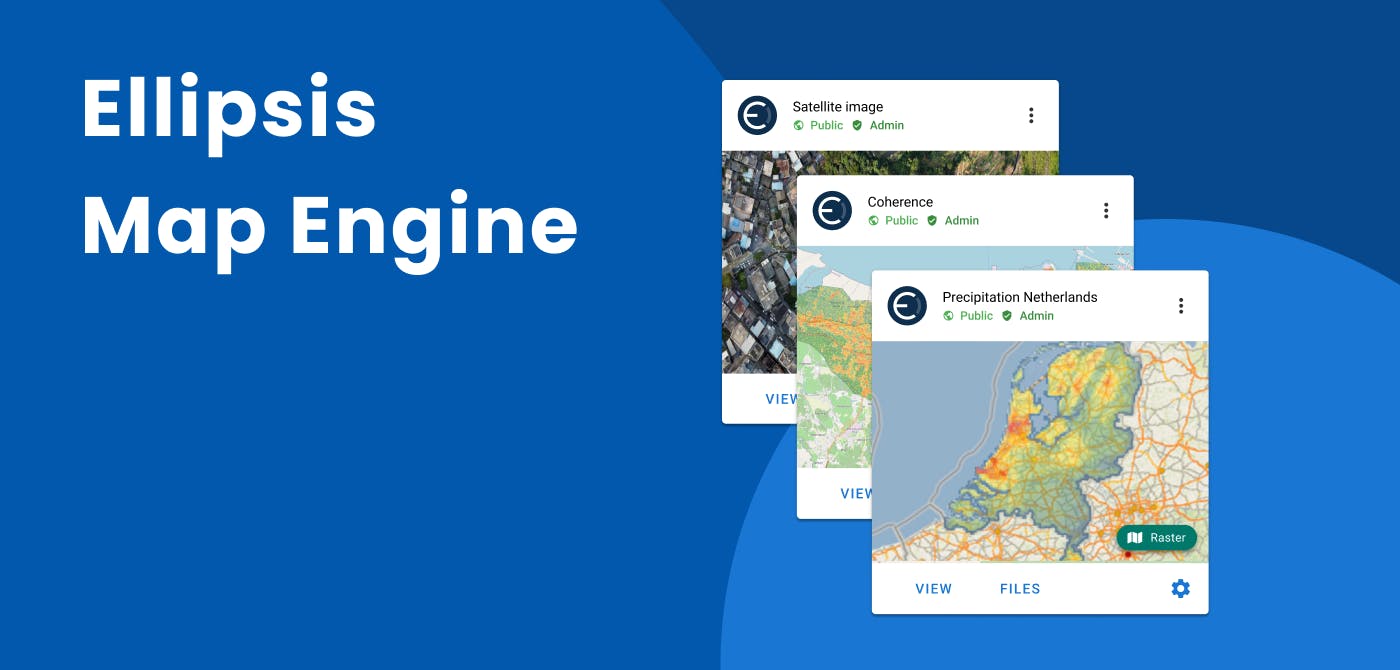GIS
Understanding the importance of GIS in Urban Planning

Cities are robust places filled with life, but before it becomes a cosmopolitan paradise, plenty of ever-evolving complexities are happening behind the scenes to bridge the gaps and create an area space where people can thrive. With all the twists and turns, geographic information system and technology (GIST) lay the groundwork for sustainable communities. In addition to the technology behind it, geographic information science collects the data from GIST and uses its actionable insights to pave the way for urban development in more ways than one.
Contents
GIS for Urban Planning
Urban planners use GIS to identify the best locations for development, target the right populations and allocate the right resources. On the other hand, GIS allows planners to focus efforts on the growth areas and opportunities, allowing them to direct investments in infrastructure and services like transportation, utilities, and schools.
GIS also allows planners to better understand the data needed to evaluate potential development and find the kinds of businesses and population demographics that can thrive in a given area.
How is GIS used for Building Smart Cities?

GIS is only a piece of the puzzle when it comes to making our cities more sustainable, but it can be a powerful tool when used together with the right resources. For example, GIS can help planners create more sustainable communities by identifying where new development should be built to meet the needs of future residents and businesses.
The technology can also help identify areas that need to be preserved due to environmental concerns and provide details about potential issues such as flooding, air quality, traffic, and more.
GIS can also help urban planners find the right balance between development, manufacturing and food production, housing, services, and income inequality. As urban regions grow, planners can use GIS to help them track assets, determine equity and evaluate development needs.
Applications of GIS in Urban Planning
GIS is used by city planners, policymakers, and public works teams to create better communities through its actionable insights. Using a mix of technology and data, GIS is changing how we look at urban development. It provides a detailed look at the city as a whole, not just the individual parts spread out across a city. To that end, here are some real-world examples of GIS at work in cities:
- Population tracking (migration, demographics);
- Planning for new development or redevelopment;
- Identification of natural or man-made disasters;
- Examination of land use and zoning;
- Examination of growth patterns;
- Assets management and determination of how they are being used;
- Assets management and examination of capacity issues;
- Mapping of city infrastructure;
- Mapping of community assets;
- Mapping of community risks;
- Combining the layers of data to determine socioeconomic status demographic and other factors that affect growth;
- Identification of issues such as crime, infrastructure, and other city problems.
The Bottom Line: The Importance of GIS in Urban Planning and Development
The future of cities is bright, and these improvements will help urban planners create better communities by finding the right balance between development, manufacturing, cities and food production, housing, services, and income inequality. In that regard, GIS serves as the heart that makes it possible to create a living for all people from different walks of life.
Ellipsis Drive helps organizations be more successful in using, producing, and sharing spatial data. Our drives help you manage and deliver geospatial data, commercialize spatial analytics, manage spatial administration, monitor your environment, and more. Check out our plans and build your drive today!
Liked what you read?

Subscribe to our monthly newsletter to receive the latest blogs, news and updates.
Take the Ellipsis Drive tour
in less than 2 minutes'
- A step-by-step guide on how to activate your geospatial data
- Become familiar with our user-friendly interface & design
- View your data integration options

Related Articles

Navigating the Cloud Spectrum: From Generalist to Specialized, and the Perfect Middle Ground
The modern cloud ecosystem spans a wide spectrum of offerings, from general-purpose infrastructure to highly specialized platforms built for domain-specific tasks. At one end, generalist clouds provi
5 min read

Unlocking the Potential of Data: Comparing Tabular and Non-Tabular Protocols
The world of data is a complex landscape and each year, the complexity of that landscape grows exponentially. A combination of new data capturing technology, data processing technology and demands fo
6 min read

Ellipsis Map Engine: Fast and Easy Spatial Data Science at Scale
In previous articles, we’ve established that raster data is unique compared to other data types which explains why there is a major lack of infrastructure for raster data processing. Raster data is
4 min read